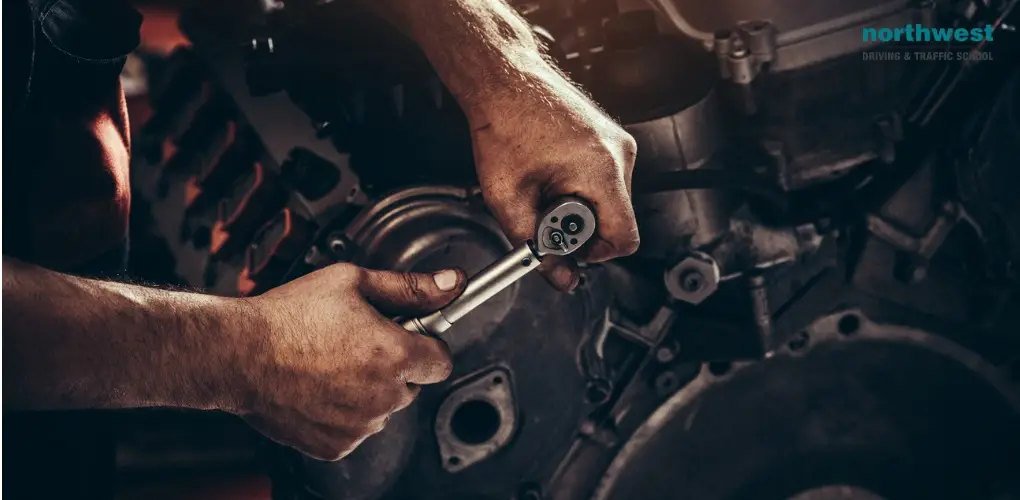- Others
How A Car Engine Works

MAGIC SQUIRRELS?!?
Many new drivers of all ages have not studied their cars at all beyond the steering wheel, brake, and gas pedal. They think the gas pedal makes the “magic squirrels” under the hood run really fast, and the brake pulls their tails to slow them down. (Yikes!) Yet everyone wants to own a car which they will then have to service & maintain. Imagine telling your mechanic, “One of my squirrels is dead…give me a whole new set!” Some might even take advantage of you! The more you know, the safer you stay.
So some basic auto information is needed to:
- Safely operate the vehicle & use all the features.
- Have routine maintenance performed
- Speak intelligently to the mechanic.
ENGINE
Rather than “magic squirrels,” your engine has 4, 6, or 8 cylinders, with a piston going up & down. When you step on the gas, a cloud of air and gas is sprayed into the cylinder through a fuel injector. The spark plug on top of the cylinder then ignites this cloud, causing it to explode! This combustion is the sound you hear as your car starts. Since the explosion happens inside the engine’s cylinders, it is known as the Internal Combustion Engine.
The battery stores a charge overnight to start the car in the morning. Once started, all of the electricity for your car comes from the alternator, which runs the AC, lights, engine, and most importantly…the I-pod!
The pistons are connected to the crankshaft, turning their up & down motion into a circular motion, which turns the wheels. And away we go! The gauge on your left is called the Tachometer, which measures how fast the crankshaft is turning in Revolutions Per Minute, or RPM.
Author: Dennis Jantz
Senior Instructor


